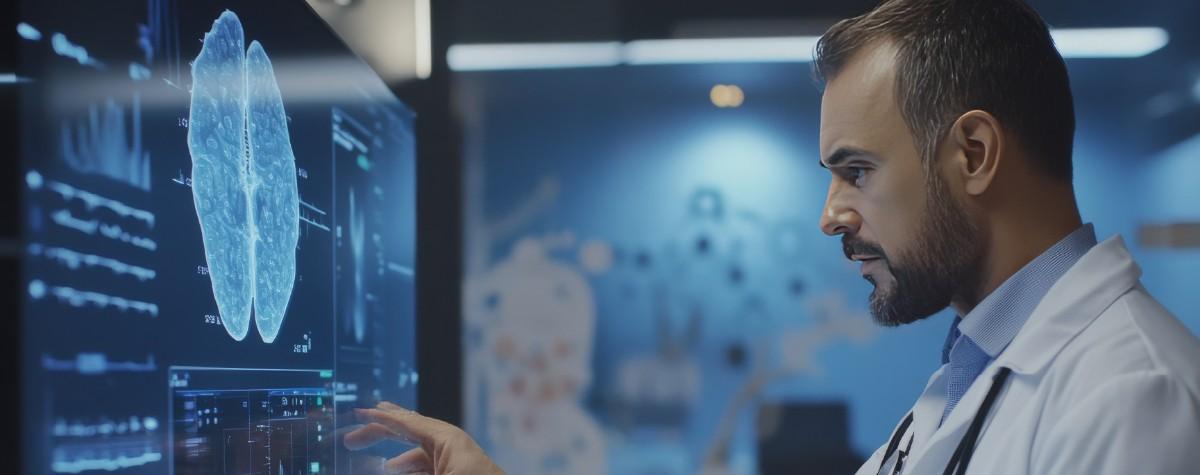


Learn how NLP for medical records enhances AI-powered EHR systems for healthcare & its impact on patient care.
Electronic Health Record (EHR) systems were initially conceived as the digital backbone of modern healthcare, but now it is AI-powered EHR systems. They were envisioned to introduce streamlined processes, whole patient records, and solid evidence for evidence-based medicine. But for many healthcare executives and providers who directly engage with patients, the experience has too often been one of disillusionment. Instead of being a seamless instrument, the EHR has too often been a primary source of operational resistance, fiscal burden, and professional exhaustion.
The core of the problem lies in a single, staggering statistic: up to 80% of the most valuable clinical information is trapped in unstructured formats. This includes the rich, narrative details found in physicians’ notes, discharge summaries, lab reports, and patient communications. This data is “dark,” unreadable to traditional software and analytics platforms, leaving a wealth of insight buried in free text.
A healthcare system bogged down by inefficient, insight-poor EHRs is fundamentally incapable of executing this strategic transformation. Solving the unstructured data problem isn’t just about fixing the EHR; it’s about heading into the future of healthcare.
Natural Language Processing (NLP) is a subfield of Artificial Intelligence (AI) that allows computers to understand, interpret, and generate human language, in both text and speech. NLP serves as a mediator between humans’ contextual communication and the structured, binary world of computer analysis.
In healthcare, Electronic Health Records (EHR) systems store critical patient information, but much of it is unstructured text, such as doctors’ notes or discharge summaries. The main function of NLP for EHR systems is to read unstructured clinical text and automatically transform it into structured, analyzable information. These extracts “buried” data from its sources, makes it accessible to software for the first time, and opens it up to automated workflows, advanced analytics, and true clinical intelligence.
NLP integrated EHRs are solving this problem as they are more cost-effective, scalable and faster methodology to speed up the process of clinical research. By transforming unstructured clinical notes into practical data and insights, NLP accelerates patient identification for trials, real-world data analysis and outcome measuring — without the trouble of not manually shifting around gigantic piles of useless info.
As a matter of fact, more than 60% of useful patient information exists in unstructured clinical notes which make it impossible to leverage those for research or clinical decision making without adoption of NLP.
Key benefits include:
NLP capability of EHR software is leveraged by AI-powered EHR systems to provide real-time, evidence-based suggestions during consultation with patients. These smart EHR solutions using NLP analyze patient history, present symptoms, and medical literature to suggest the best course of treatment and identify potential risks.
Key decision support functions include:
One of the biggest benefits in using NLP with EHRs is that surgical precision accuracy can be achieved ultimately which in turns translates to ever-growing quality (360 bidding), and data volume-based healthcare through NLP. The manual entry of data in healthcare can introduce human error, variability in terms used, and also incomplete information or items that are missed altogether.
NLP addresses these issues by:
